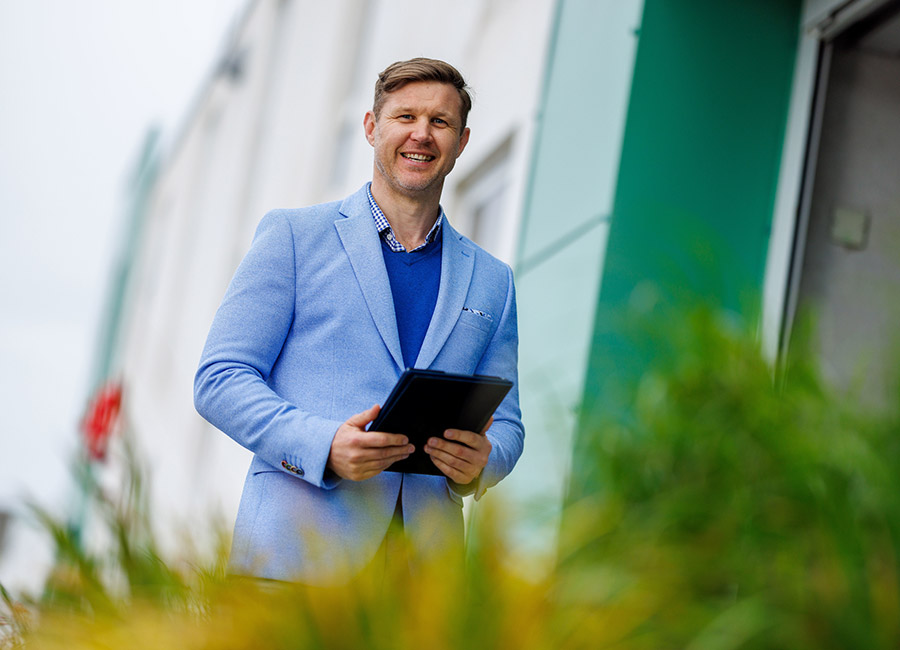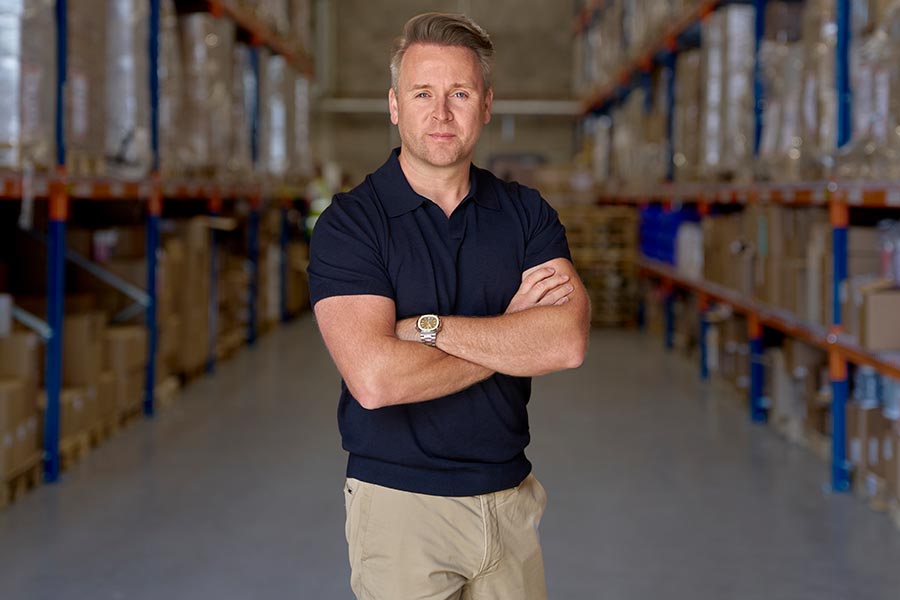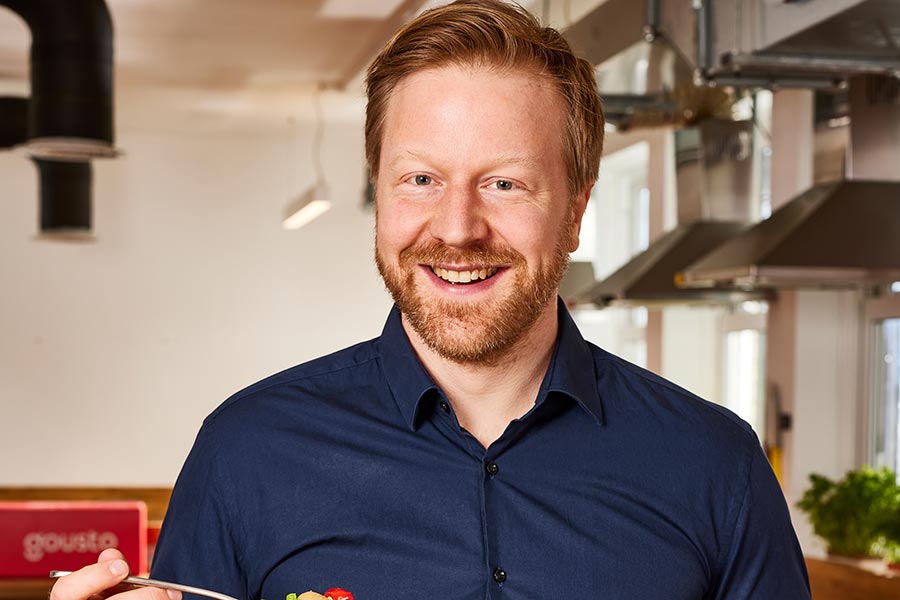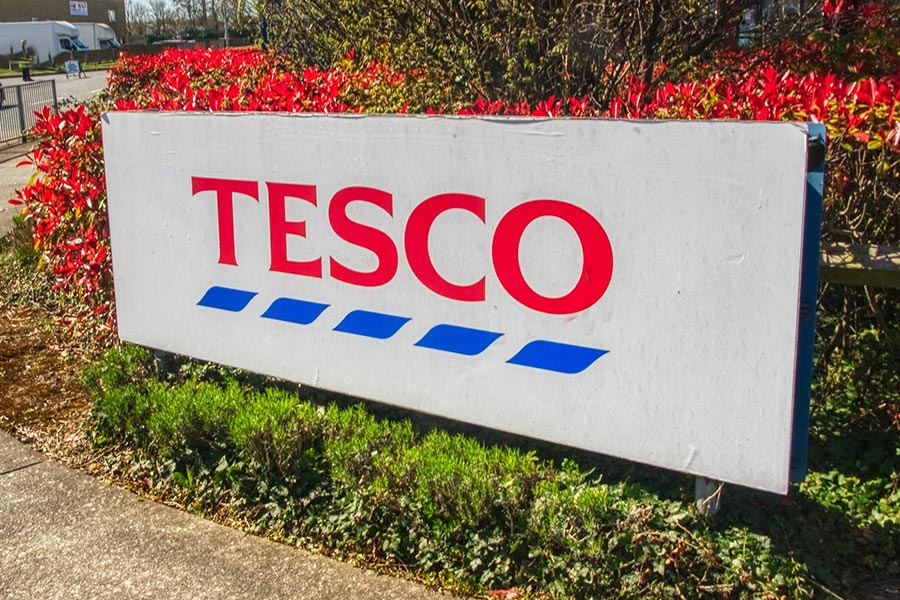The Environmental Protection Agency (EPA) warned this year that Ireland will fall drastically short of its 2030 carbon emissions reduction targets, leaving the country open to billions of euro in fines from the EU.
Ireland is projected to reduce emissions by 29% compared to 2018 levels by the end of the decade, equivalent to cutting emissions by 4% per year, and significantly short of 51% emissions reductions target as set out in the Climate Act.
Marie Donnelly, chair of the Climate Advisory Council, warned that Ireland is liable to face fines of at least €8.2bn for missing its 2030 goals as seems nearly certain at this point.
When the EPA reported its findings in May, director general Laura Burke said the projections highlight "the scale of effort required to achieve the required reductions across all sectors of our economy".
Dr Adrian Costigan, chief commercial officer of Waterford-based NEG8 Carbon, agrees that the effort to reduce and ultimately reverse historic emissions will "take all of the players and all of the actors working together,” but he's bullish about the role direct air capture can play in the fight against global warming.
Direct air capture, in its simplest form, refers to processes whereby carbon dioxide is removed from the atmosphere.
NEG8 is Ireland's first direct air capture company, and one of less than 100 worldwide working at the cutting-edge of the technology.
The US government pledged $3.7bn to drive large-scale commercial applications of carbon removal technology in 2022, and the UK government earlier this month announced a £22bn investment in carbon capture and storage projects, so there is growing interest in the idea.
At present, the Earth's atmosphere is made up of approximately 422 parts of CO2 per million, and CO2 levels in the atmosphere cause nearly two-thirds (65%) of the greenhouse gas emissions that bring about climate change.
The scalable direct air capture system being developed by NEG8 takes in large quantities of air and passes it over with materials that bond with the CO2. Heat and vacuum technologies are then applied to the compound to separate the CO2 for permanent storage or sustainable utilisation.
“It’s a technological solution, it’s a machine. It will have air fans on one side, and the air passes through the system, and it reacts and bonds with a particular type of material that we’ve got within the system, and that’s where the magic takes place," said Dr Costigan.
The most preferred option for the CO2 removed from the atmosphere is permanent storage, whereby CO2 is pumped underground to be stored indefinitely and safely as part of rock formations solid and inert.
CO2 can also be stored in depleted oil and gas wells or utilised in feedstock, in the food and beverage industry, and in sustainable synthetic fuels.
“If you store it, every tonne is removed from historic emissions in the atmosphere and will get us to where we need to get to reverse the climate impact," said Dr Costigan.
NEG8 is one of 12 direct air capture firms completing a large-scale pilot for Deep Sky, a Canadian venture aiming to remove gigatonnes of CO2 from the atmosphere and the company's commercial client.
NEG8 has made a breakthrough in terms of the temperatures its system requires for regeneration, ie releasing the CO2.
Whereas other direct air capture systems require temperatures of 85-100C for regeneration, NEG8 can do it at 65C, which has "a huge impact" in terms of energy efficiency and the scalability of its system.
“Our pilot system with Deep Sky is going to be a 300-tonne demonstration system, so that will demonstrate all our new innovations, demonstrate our energy efficiency, and then we can scale that up thereafter to 50,000 tonnes, and then even bigger after that," said Dr Costigan.
“We’re targeting 5.5m tonnes by 2035, and then hundreds of millions of tonnes of CO2 captured by 2050, and we believe it’s very achievable with the system we’re developing.”
Trinity spin-out NEG8, known as Trinity Green Energies prior to specialisation in direct air capture and commercialisation, is on course to deploy the system with Deep Sky in mid-2025.
The firm is also engaged in feasibility with potential clients from a mix of industrial backgrounds. Dr Costigan expects the company will sign another deal for a large-scale project in the next two years.
NEG8 is a direct air capture technology specialist and its intended clients are project developers that identify land, secure permits, complete development and engineering works, and balance plant facilities, etc -- infrastructure that NEG8's system can be "plugged into" so to speak.
“Our goal is to have the most innovative, most energy efficient, most cost-effective direct air capture systems available globally, and we want to mass produce those systems and build them all over the world with as many project developers as possible," Dr Costigan explains.
“If we were to limit ourselves to doing projects ourselves, we would never have the impact that we want to, so we need to get our technology out there, and we need to licence it, we need to mass produce it, and we need we need to scale it up.”
In terms of working with the government to assist with Ireland's missed emissions targets, Dr Costigan said the company has spoken with the EPA, and he claims that if Ireland's projected fines of €4-8bn per year were invested in direct air capture, the country could abate those emissions and avoid said fines.
In an area the size of Dublin Airport, NEG8 could capture CO2 equivalent to the difference between Ireland's emissions targets and the projected emissions as forecast by the EPA, according to Dr Costigan.
Although direct air capture compares favourably to reforestation, capturing an estimated 12 tonnes of CO2 per square metre per year as opposed to 0.003 tonnes, it is "no silver bullet" and is just one of a number of CO2 absorption and removal projects in play.
He estimates that direct air capture could capture 1bn tonnes of CO2 globally by 2050, but it would not negate carbon emissions alone.
“No, we need to remove gigatonnes of CO2, so it’s going to take a lot of different solutions. It’s going to take all of the players and all of the actors working together.
"There are a lot of CO2 absorption and removal projects operating. Direct air capture is going to be one of those, and it's going to be a large player in that."
The energy sector also has a role to play, and the Kilkenny native previously worked for major emitters such as Saudi Aramco, Exxon Mobil, Shell and Qatar Gas on sustainability and climate-related projects.

"I think that sector has got all of the know-how, and if that sector turns its hand to doing positive things for the climate, it has got the skills and the resources to make it happen," he posited.
“Some project developers are from the oil and gas backgrounds who have identified carbon capture as a key component and have invested heavily in it.
"But these companies, are going to be driven, driven by by consumers, and it's up to us as consumers to push back."
Photo: Dr Adrian Costigan. (Pic: Supplied)









